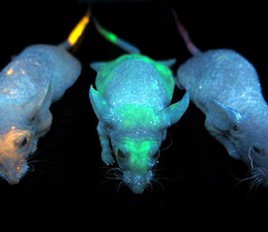Researchers have come up with a quick, non-invasive way to measure nanoparticle exposure: examine the skin. Previous work with gold nanoparticles and quantum dots made of various metals has shown that these nanoparticles accumulate primarily in the liver or the spleen, but they show up in the skin too; in high enough doses, they can […]
Tag: medicine

Cell aging theory turned upside down
A new study shows that raising the level of free radicals in the nematode worm C. elegans actually increases its lifespan, contrary to popular belief. Free radicals are the reactive molecules that sometimes damage DNA and the ones that antioxidants are supposed to fight against – could in some cases help us live longer. The authors show […]

DNA sensor shines light on cancer
Researchers have created a DNA-based sensor capable of lighting up when it gets near cancer cells. The nano-sized construct alters its shape in response to tiny changes in pH; these contortions bring together two molecules which react to give off a light signal. Because cancer cells are often at a slightly different pH than non-cancerous […]
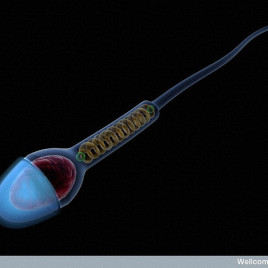
Towards stem cell therapy for infertile men
Researchers have created sperm cells from infertile men who could not produce healthy sperm them on their own. They did this by converting skin cells into stem cells, which then became fertile human sperm cells when transplanted into the testicles of mice. This opens up the possibility of clinical cell-based therapy that could make infertile […]
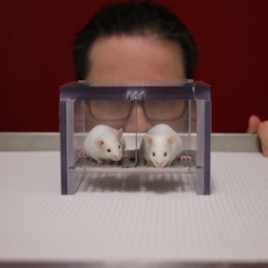
‘Scent of man’ stresses lab mice out 
A new study shows that the behaviour of mice used in scientific experiments was altered by the presence of men, but not women. The study shows that in the presence of male experimenters and male odours, mice were less sensitive to pain, a phenomenon called stress-induced analgesia. Lab mice are more stressed when the […]
When not to treat prostate cancer
A new study suggests that in some cases, not treating prostate cancer can increase quality of life for patients and save millions of dollars. The Quebec-based study found that active surveillance – watching and waiting – for five years could save up to $96 million for the health care system while improving quality of life […]
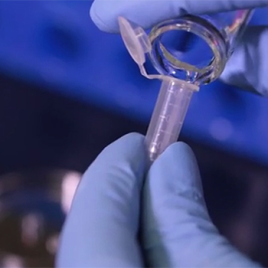
‘Lab-in-a-pill’ improves remote water testing
Take a cup a water, drop in a pill and shake it up; if the water turns purple, your well could be contaminated with bacteria. Such test are now possible thanks to a new method for encapsulating enzymes – including those used in lab tests for bacterial contamination – in a material called pullulan, the […]
Can the internet improve mental health for university students?
A randomized study on 1047 university students showed that online interventions can be effective at helping them cope with mental health disorders.University is a time when many students are at risk from common mental health disorders such as depression, anxiety, eating disorders and alcohol and drug abuse. The study showed that students at high […]
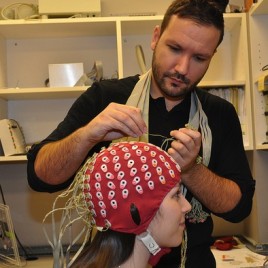
Measuring the brain’s anti-distraction system
Researchers have used EEGs (electoencephalogram) to show that a newly discovered type of neural process that works to overcome a distraction. When your gaze shifts to follow a distraction, neural circuits in your brain gives off signals that can be detected during an EEG. The discovery could help develop new strategies to avoid distracted driving or offer […]
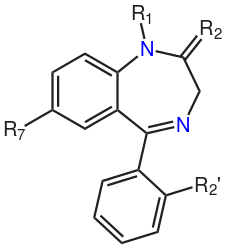
Empowered seniors make better medication choices
A randomized, controlled trial of 303 seniors from Quebec found that a simple intervention resulted in 27% of them becoming sleeping-pill free. The study emphasizes the importance of seniors being active and able participants in decisions about their health care. The researchers used a handout describing the risks of sleeping pill use and encouraging the […]

Tamiflu & Relenza: how effective are they?
Governments across the world stock-pile flu vaccines and antiviral drugs like Tamiflu (oeltamivir) and Relenza (zanamivir). While vaccines can prevent flu virus, the antiviral drugs are only designed to fight an infection that’s already underway. A new review of 46 clinical trials studies by The Cochrane Collaboration and the British Medical Journal shows that while both antiviral […]
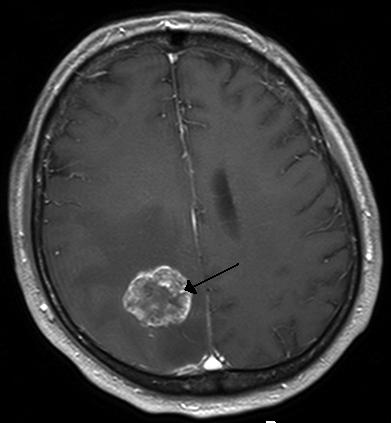
Gene mutations linked to childhood brain tumours
Two Canadian studies have found gene mutations that are linked to deadly brain tumors and could help scientists understand the causes of childhood brain cancer. In the first paper, researchers found mutations in a gene called ACVR1 in 20 per cent of a highly aggressive and difficult to treat childhood brain tumour, called diffuse intrinsic […]
Tracing the ‘brain noise’ of schizophrenia
Using a simple eye-tracking experiment, researchers have shown that patients with schizophrenia make more errors when trying to locate visual signals than control patients. The pattern of errors can be used to make computer models of the noise in what are called ‘corollary discharge signals.’ These signals are how one part of the brain keeps […]

Molecule can help detect and prevent diabetes
Nearly a fifth of pregnant women develop a temporary form of diabetes – called gestational diabetes – that puts them at greater risk for developing type 2 diabetes later in life. A new study shows how a molecule called CMPF can help detect diabetes. An analysis of blood chemistry in a sub-population of subjects has […]

Hockey a major cause of youth concussions
A recently published study tracked 2,112 concussion patients under the age of 18 arriving at a London, ON health centre between 2006 and 2011. It found that nearly half of all concussions were caused by sports, and that more than a third of these were from hockey alone. Two thirds of the concussions occurred in […]

Saliva gene linked to obesity
Having a high copy number of a gene increases the expression of the protein it encodes. A new genomic study on 6,200 subjects found a link between a low copy number of the gene for amylase — a salivary protein which breaks starch down into digestible sugar — with obesity and high body mass index […]
